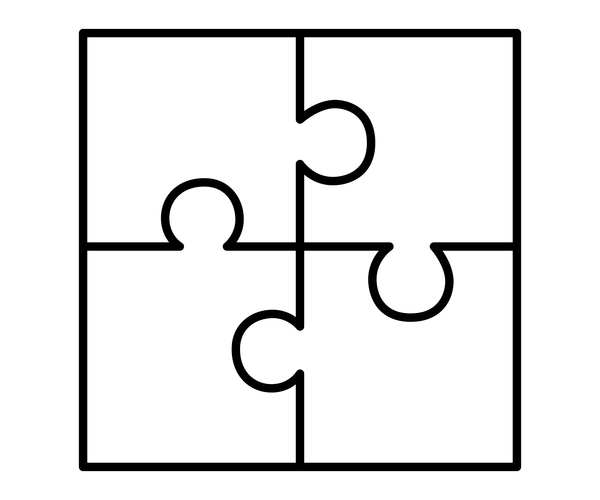It is often expected that you will include a theoretical model with your dissertation. This requirement might leave many students struggling, wondering how to build a theoretical model. You should know many people find building a solid theoretical model challenging. Many academic papers fail to provide a good theoretical framework, so it can be difficult for the reader to understand what the research is trying to achieve. If you succeed in getting this part right, your research will gain a solid foundation and your dissertation’s purpose will become a lot more comprehensible to whomever reads your work.
When talking about theory, you might sometimes also hear the term “conceptual framework”. This term is more commonly used in qualitative research, while the term theoretical model usually appears as a tool in quantitative research. They both refer to the key theories, models and ideas that exist in relation to your chosen topic. They give your research a direction and set boundaries for the reader. Also, they can provide justification for your project – by identifying knowledge gaps in the scientific literature – and show your reader you are building your investigation on sound scientific principles.
A good theoretical model should link your hypotheses with theories and concepts that were discussed in the literature review section of your work. If you feel you need more general information on the focus of your literature review, it might be helpful to read the post describing the three different types of literature review.
Developing a Theoretical Model
To build a good quality theoretical model, you can use the following strategies:
- Look at your research title and your research problem – this should be the basis for your study and the theory you want to present.
- Think carefully about which variables are key to your research. You can group these variables according to their dependent or independent status.
- Conduct a comprehensive literature review to ensure your model in novel and truly contributes to your field of study.
- In the course of your reading, identify a theory or theories that you think best describe the link between different variables found in your research project.
- Discuss the predictions of this theory (e.g. how it explains human behavior) and make a clear connection to your research.
What Does a Theoretical Model Entail?
Your theoretical model should include:
- Main theories that inform your research,
- concepts you are exploring in your research,
- interactions between your identified theories and concepts.
How to Structure a Theoretical Model
Your theoretical model can be structured in different ways; there are no fixed rules regarding its layout and length. Some opt for a more visual representation of concepts and their links, while others prefer to write out their model in a text format. You could, for example, devote a paragraph or two to each research question or hypothesis and include all the relevant theories and concepts. The benefit of a visual model is it tend to be more memorable.
An important thing to remember is to keep your theoretical model logical and concise. Your model should serve as a road map for you (as well as your readers) to help quickly understand the theoretical underpinnings of your study.
